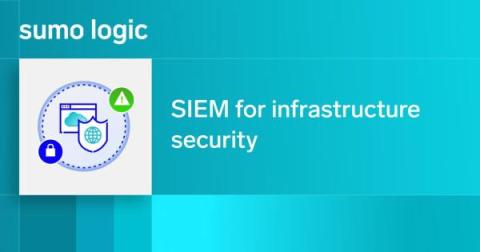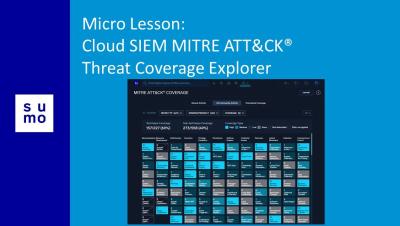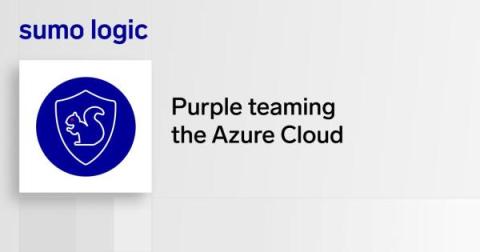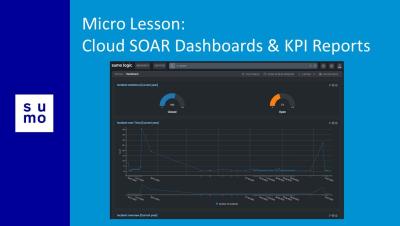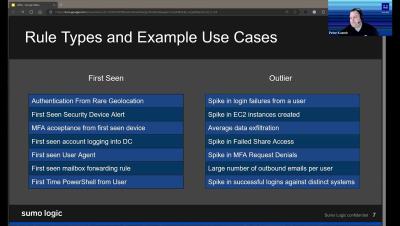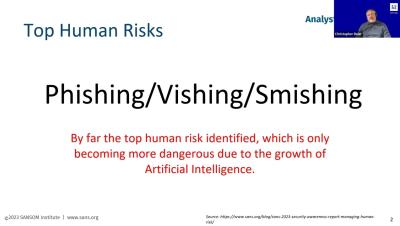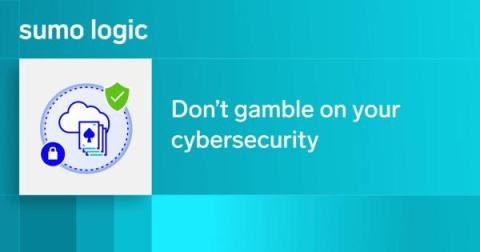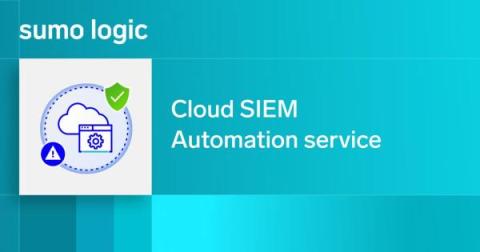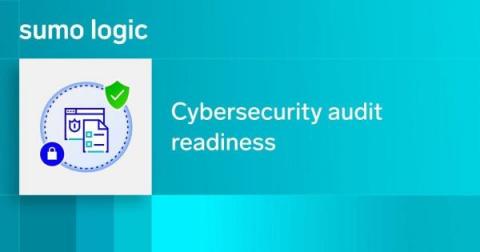Securing IaaS, PaaS and SaaS with a Cloud SIEM
As cloud computing continues to expand with no end in sight, it’s only wise to invest in it. Infrastructure-as-a-Service, Platform-as-a-Service and Software-as-a-Service bring significant cost savings (personnel and ownership), improved performance, better reliability, freedom to scale and significant security benefits. It’s no wonder many businesses have already adopted all three of these models.


